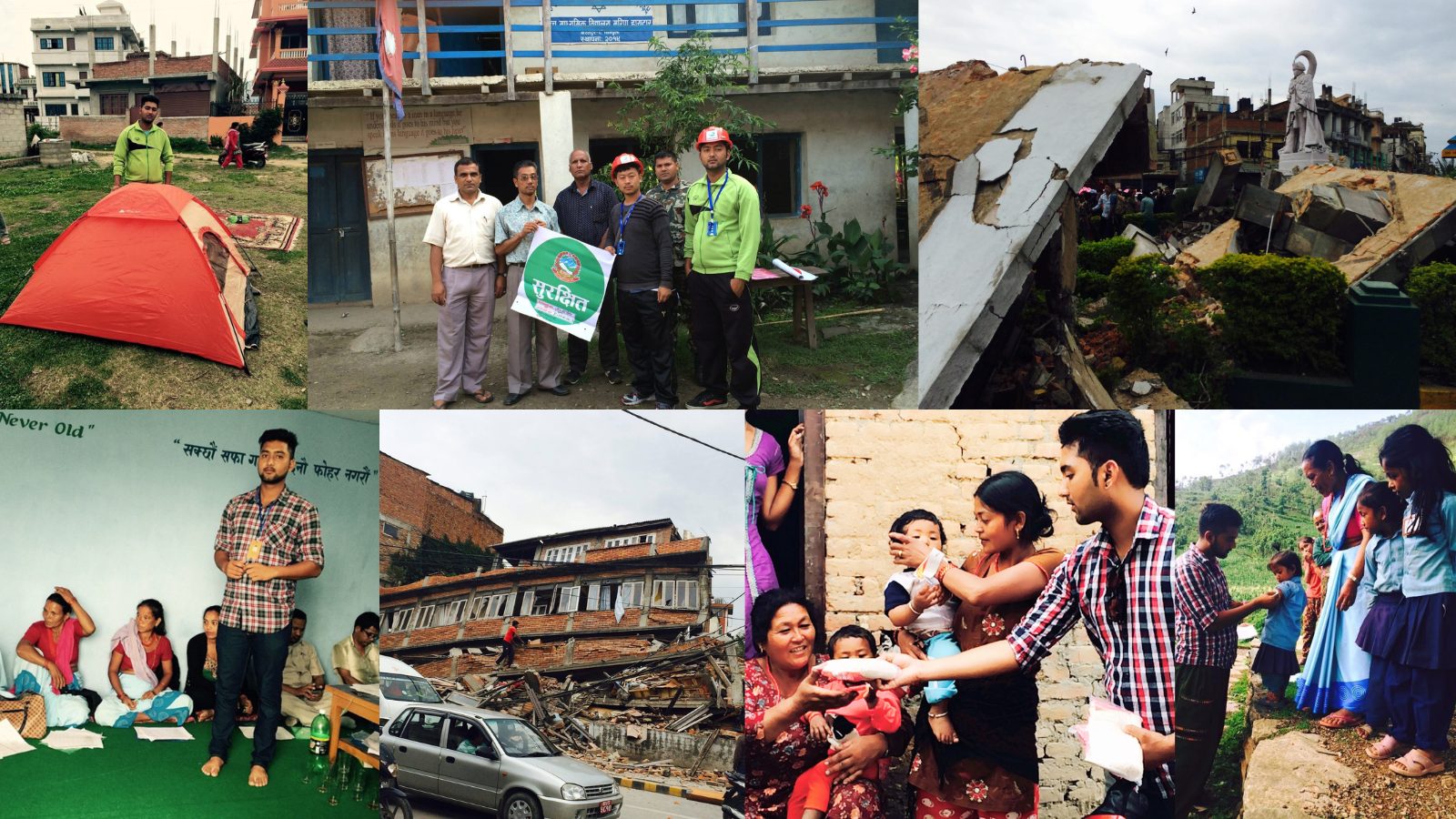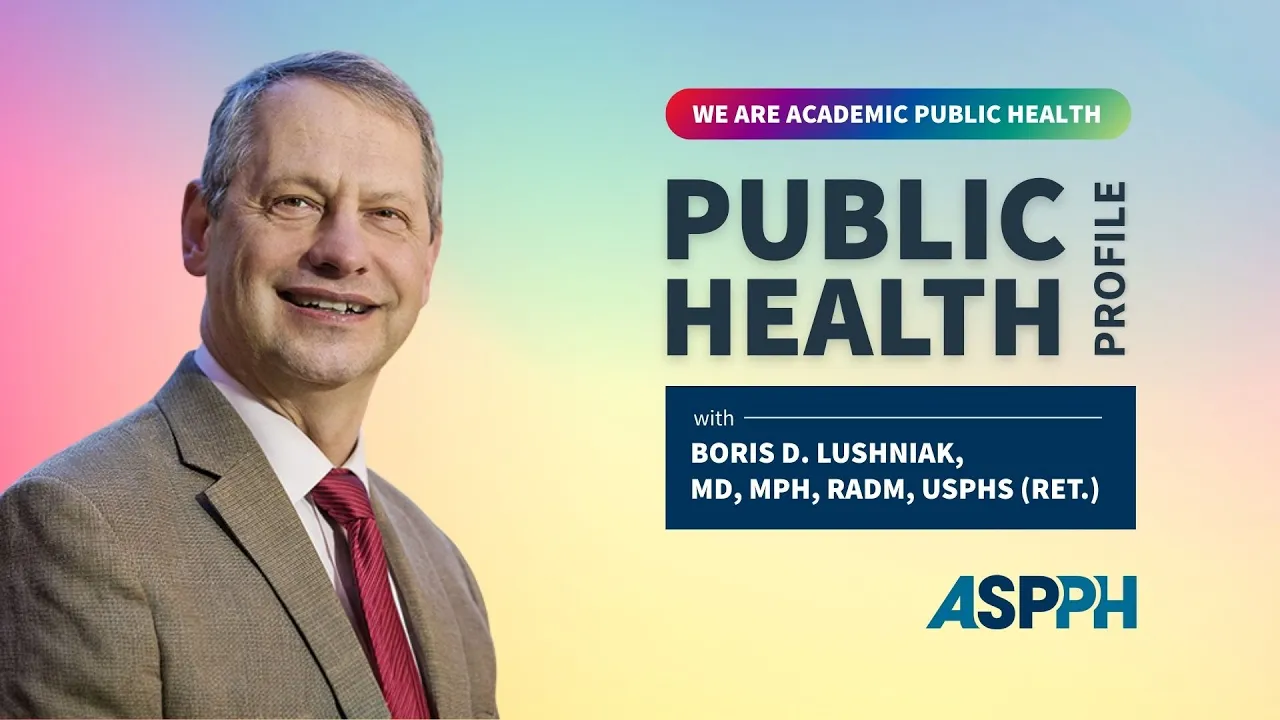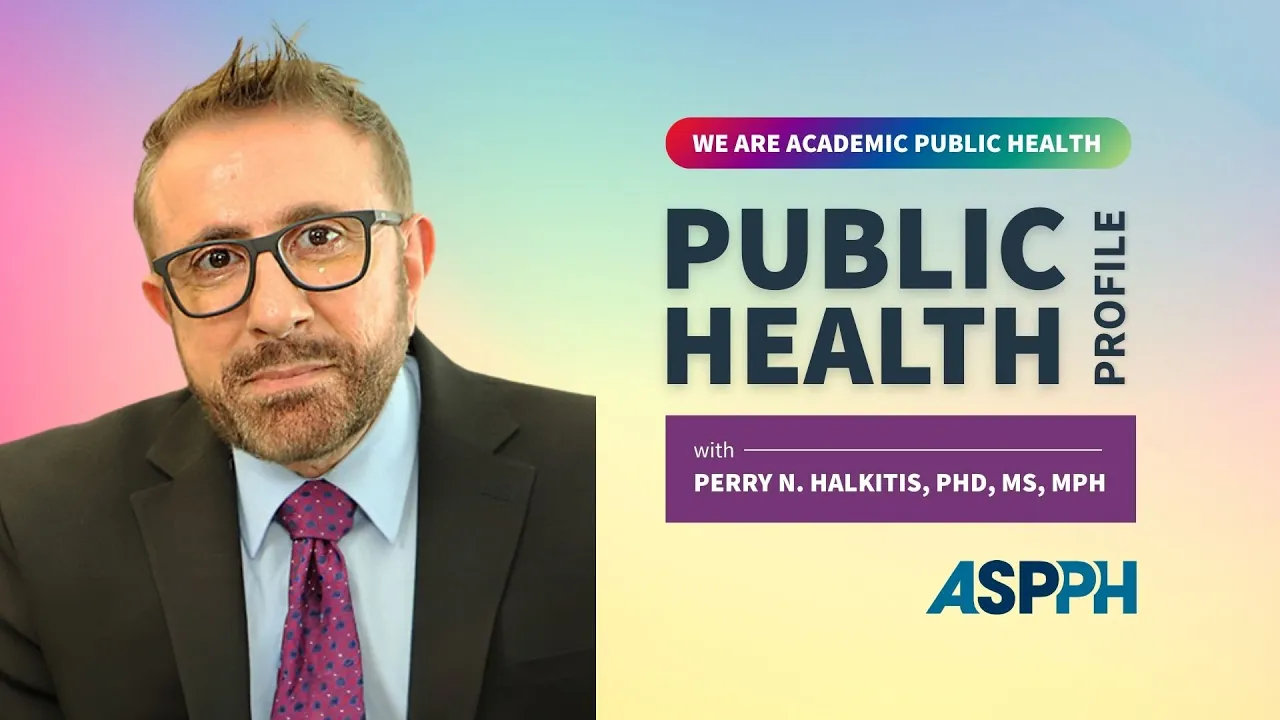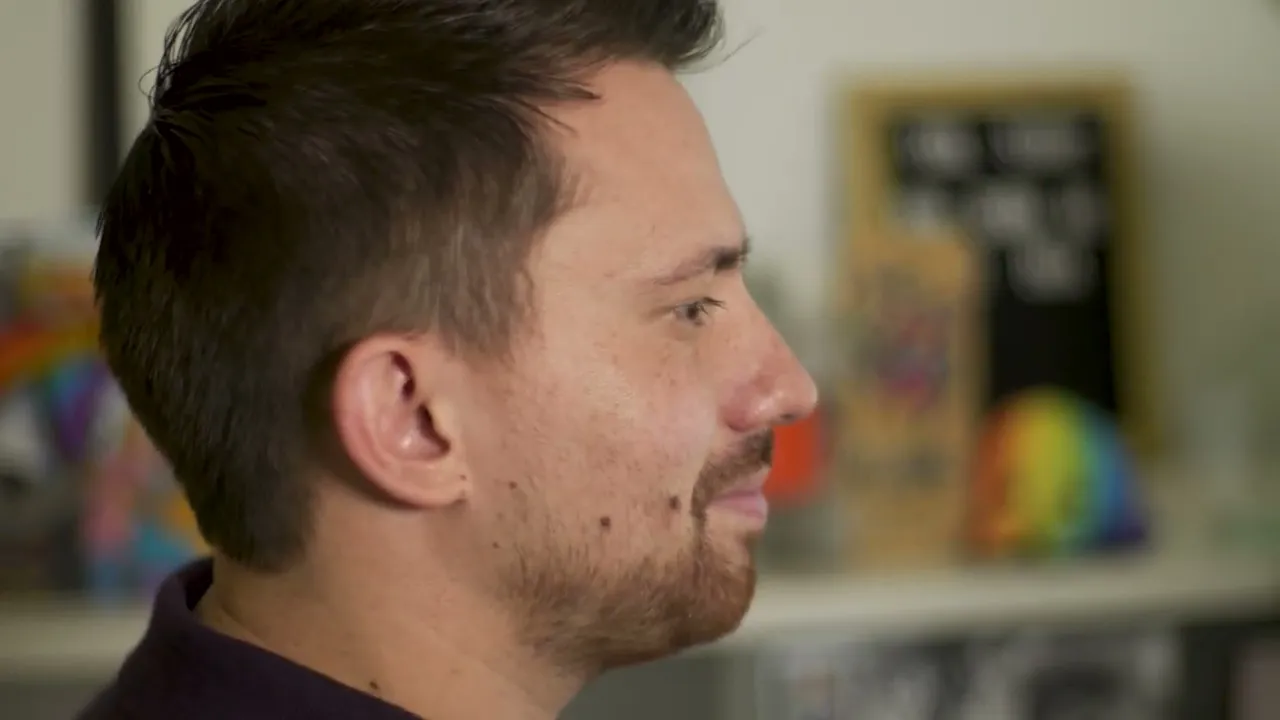
On April 25, 2015, a powerful earthquake struck Nepal, shaking the country and affecting thousands of lives. I had just graduated with my undergraduate degree in public health, full of hope and plans for the future, when the earthquake struck Nepal. The shaking seemed endless, and when it finally stopped, the devastation was everywhere. Buildings had crumbled, ancient temples were reduced to rubble, and entire neighborhoods in Kathmandu and beyond were unrecognizable.
In those first chaotic days, the sense of loss was overwhelming. Families had lost loved ones, homes, and livelihoods. Schools were flattened, and children wandered in shock, their classrooms and playgrounds gone. The most basic needs—food, water, shelter—became urgent priorities. But as a young public health professional, I knew that the invisible threats were just as dangerous: disease outbreaks, contaminated water, and the mental toll of trauma.
I couldn’t sit by and watch. I joined local volunteer groups, helping to distribute clothes, food, water, and tents to families who had lost everything. Soon after, I began working with HERD International, a research organization dedicated to improving health in Nepal. With HERD, I traveled to some of the hardest-hit areas to conduct rapid school assessments. We documented the destruction, talked to teachers and students, and tried to understand how we could help get education—and a sense of normalcy—back on track.
But the work went beyond rebuilding walls. As public health workers, we knew that the aftermath of a disaster like this could lead to deadly outbreaks of diseases like cholera and dysentery, especially with so many people living in crowded temporary shelters and with contaminated water sources. Together with my colleagues, I organized awareness programs to teach families about safe water, hygiene, and disease prevention. We handed out water purification tablets and showed people how to use them. We talked about handwashing and safe food storage, simple steps that could save lives.
Looking back, I realize how crucial public health was to Nepal’s recovery. Without public health professionals and the support of organizations and donors, the earthquake’s toll could have been far worse. Disease could have swept through the camps and shelters, taking even more lives. Children might have been left without education or support, their futures uncertain.
This experience showed me that public health isn’t just about responding to emergencies—it’s about building resilience, educating communities, and preventing the next crisis. In a world where misinformation and funding cuts threaten our ability to respond, stories like ours from Nepal matter more than ever. They remind policymakers, funders, and the public that investing in public health saves lives, restores hope, and helps communities rebuild stronger than before.
I am proud to have been part of Nepal’s response, and I hope my story inspires others to support the public health workforce—because when disaster strikes, it is public health that stands between chaos and recovery.



